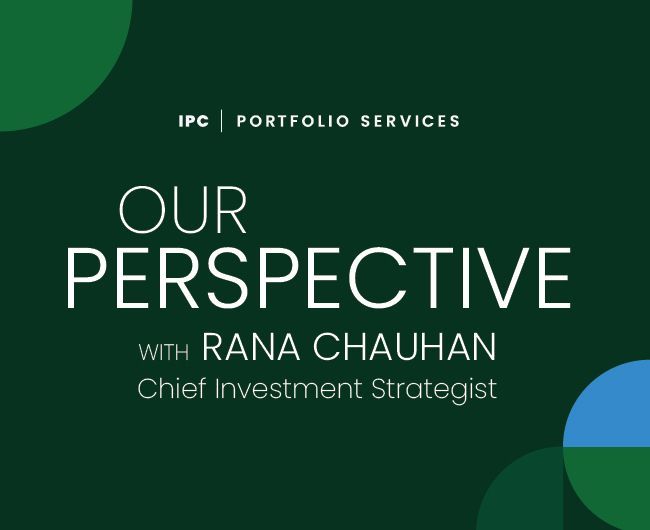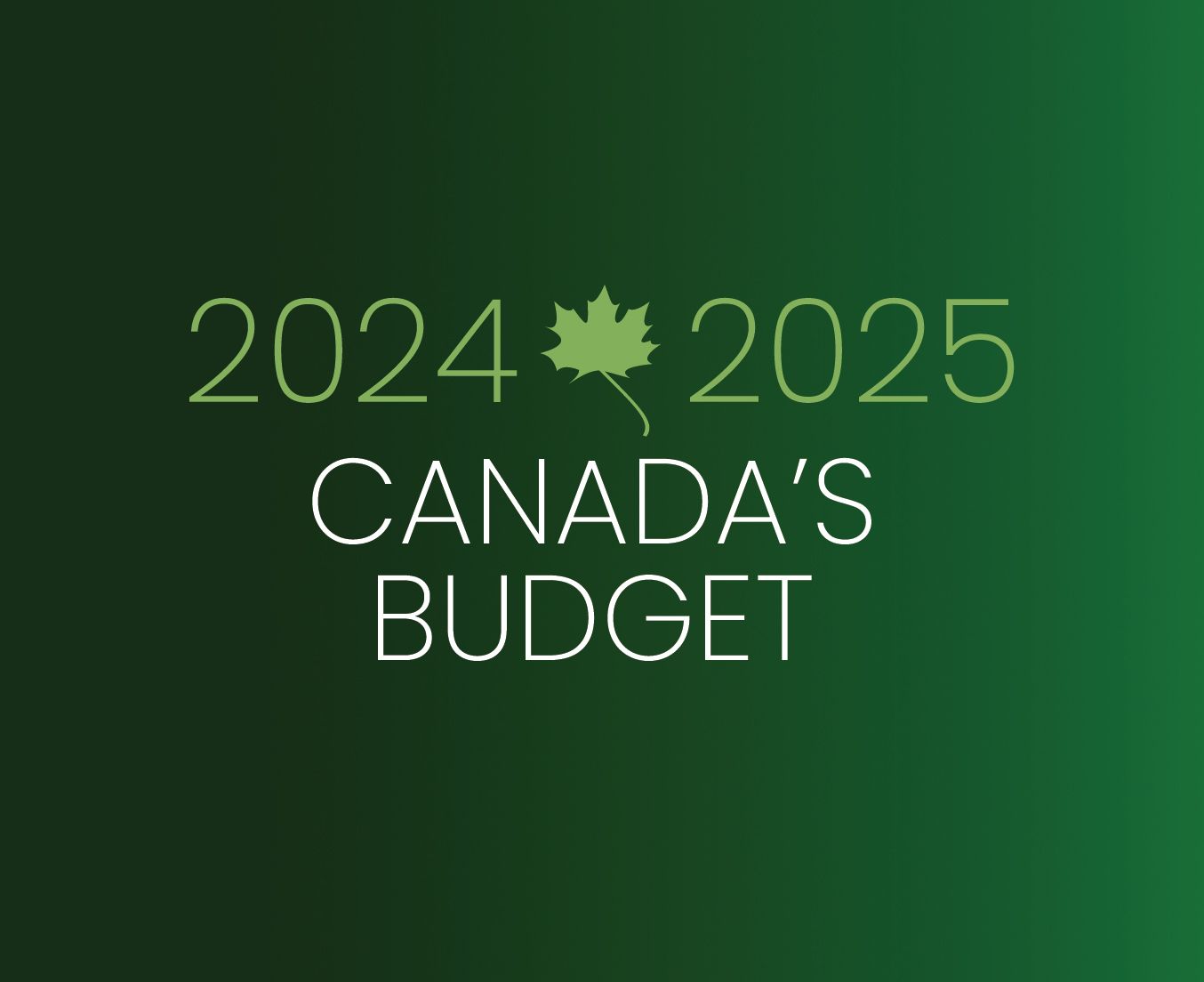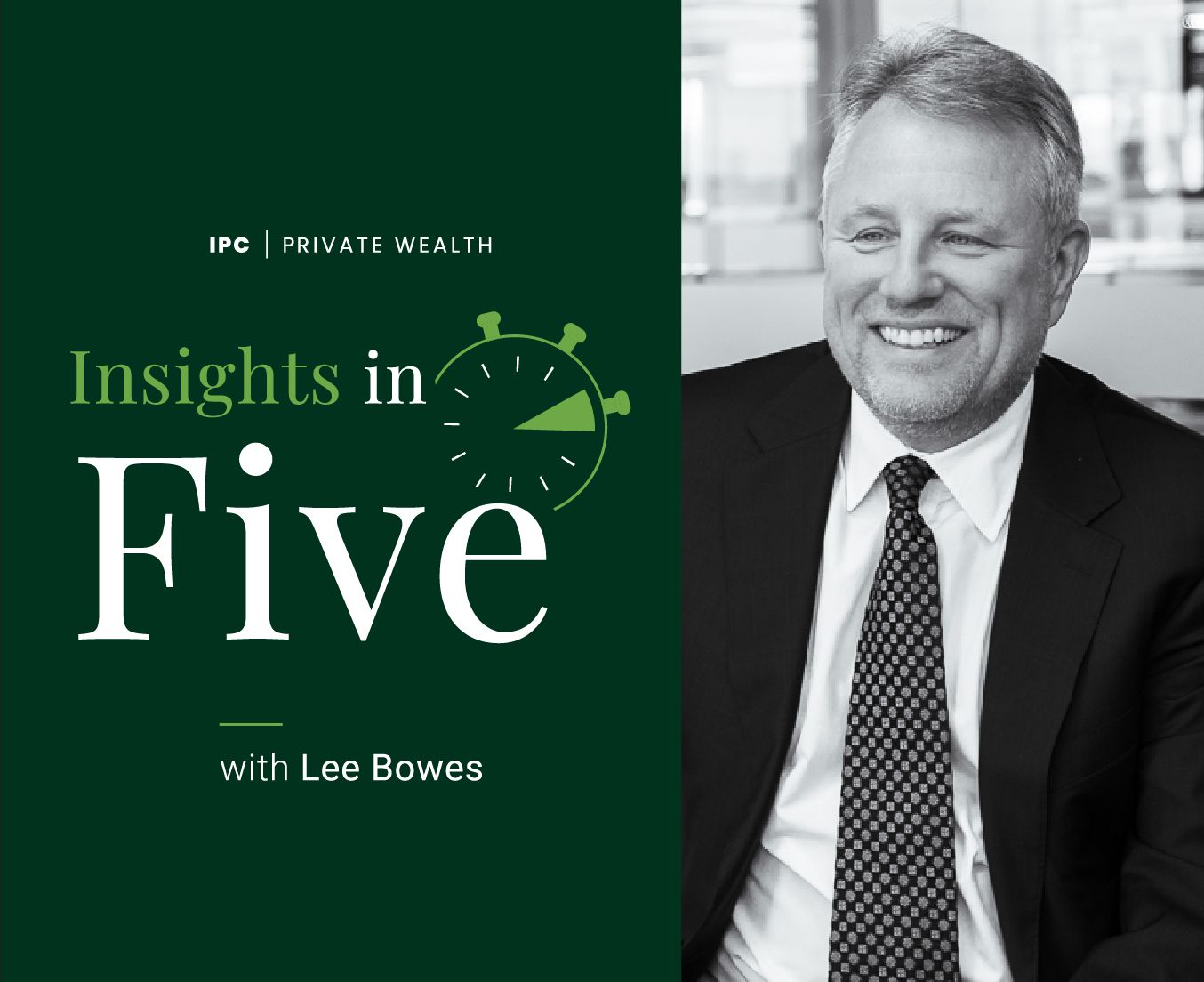Concerns about inflation remain front and center of investors’ minds and seem likely to dash my hopes of a quiet summer.
The most immediate concern is the extent to which inflation will rebound as economies “reopen”. This will be influenced by several factors, including the relative speed at which demand recovers and supply is restored, the extent to which any resulting inflation pressures are absorbed in firms’ margins, and the degree to which the rebound in global commodity prices over the past year is sustained.
In my Q1 Commentary, When to worry about rising inflation – and when not to, I wrote about a framework for thinking about transitory and persistent inflationary scenarios and navigating the data distortions caused by the pandemic.
A refresher on that framework is as follows: We think there are three angles to consider when assessing inflation pressures in the coming months:
- First, “reopening inflation.” Prices of certain goods and services (such as hotels) fell very sharply during lockdown due to closures/restrictions. As economies reopen, their prices should return to pre-pandemic levels. This will boost inflation temporarily. What’s more, it is also possible that the price of certain services (e.g. restaurants and hairstylists) will rise beyond pre-pandemic trends due to new capacity constraints related to social distancing. This effect could be longer-lived.
- Second, “reopening disinflation”. Some goods, including IT equipment and groceries, saw sharp increases in demand and prices as people were forced to stay at home. These components should see the reverse of “reopening inflation,” meaning their price level will return to normal, causing a temporary drag on inflation.
- Third, “commodities inflation”. Crude oil prices have recovered from their lows at the start of the pandemic and, along with metal and grain prices, have surged far above pre-pandemic levels. These developments are already boosting inflation and will continue to do so in the near term.
One conclusion was that the U.S. was likely to experience a much larger rebound in inflation than other advanced economies. That has so far been true, although it’s fair to say that the speed of the rebound in inflation in the U.S. and, to some extent, the Euro Zone, has been stronger than we anticipated. The headline inflation rate in OECD countries rose from 1.2% in December to 3.3% in April, the most recent data available.
The rise in inflation has largely reflected a combination of a rebound in commodity prices and “reopening” inflation. These should prove transitory, and we expect inflation in major economies to drop back next year.
However, lurking in the background is a more fundamental concern that the pandemic will spell the end of the low inflation era of the past 30 years and mark the start of a period of structurally higher inflation over the medium term. The “rebirth of inflation.”
One way to think about whether we are now witnessing the “rebirth” of inflation is to consider the causes of its “death” in the preceding decades. Broadly speaking, there were three.
- The first was a massive expansion in the supply of goods and services at a global level. The most important aspect of this was the integration of China into the world trading system. But it was also underpinned by new technologies that were disinflationary, and a wave of economic reforms (e.g. a reduction in trade barriers) that led to an intensification of competitive pressures.
- The second factor was a concerted effort by governments and central banks to beat down inflation itself. This played out in different ways in different countries, but a key element was that decisions over monetary policy were made separately from governments by newly independent central banks and very often in strict accordance with inflation targets. Policy was set in a restrictive way if necessary, which both brought down inflation and anchored inflation expectations at lower levels.
- The final cause was a structural change in labour markets and the economic power of workers. Price controls were abandoned, and a combination of labour market liberalization and de-unionization reduced workers’ bargaining power. This helped break the wage-price spirals that fueled a rise in inflation in the 1970s and set it on a lower path.
All these factors fed off one another in a mutually reinforcing way to produce the era of low inflation that has been a hallmark of the global economy over the past three decades. Now, some of the key pillars of the low inflation era are starting to weaken.
The huge expansion of the global supply of goods and services has slowed.
Globalization has peaked, and in some ways, is reversing. And, the aging population in advanced economies is weighing on labour-force growth. In the U.S. this is playing out with labour shortages being driven by a more fundamental skills mismatch, exacerbated by the wave of older workers retiring early. So, there may be less spare capacity in the labour market than appeared to be the case. Also, there is the fundamental problem that, at some point, it is always possible to overwhelm the supply of goods and services with demand. The possibility of this happening has increased substantially following the large build-up of savings by households and huge fiscal expansions (e.g., U.S. Infrastructure bill and economic deficits) seen during the pandemic. The risks are particularly acute in the U.S. and Canada.
The attitude of governments and central banks is also shifting. In the ten years after the Global Financial Crisis in 2008-09 -- a decade in which deflation has posed a greater threat than inflation -- the imperative to continue beating down on inflation has diminished. The U.S. Federal Reserve, for example, has shifted to an average inflation target and is putting more emphasis on the “full employment” part of its dual mandate. It remains to be seen what this means in practice or whether other major central banks will follow in the Fed’s footsteps. But at face value, this appears to be a break from the past – and more radical changes to policy frameworks could follow.
At the same time, however, powerful headwinds to inflation remain. Globalization may have peaked but the wave of reshoring former President Trump promised failed to materialize. Labour markets remain highly flexible, and the challenges of organizing labour in the modern economy continue to limit workers’ bargaining power. Also, the pandemic has accelerated the adoption of new digital technologies that may, in time, create a new wave of disinflationary pressure.
The result is a more nuanced picture than the current polarized debate on inflation suggests.
Both the survey data and the hard data on inflation look concerning but, in most cases, still reflect “reopening” pressures that should ease over time. There are reasons to be concerned about a rise in inflation over the medium-term, but the risks are spread unevenly between countries. While some of the pillars of the low inflation era are weakening, others remain. To reiterate, as economies reopen, we will continue to see a temporary boost in inflation, however for the reasons mentioned, we don’t expect to see 1970’s style inflation. Nonetheless, we’ll be monitoring the implications for financial markets and our client portfolios and will adjust accordingly.
Until next time, stay safe and be well.
Corrado Tiralongo
Chief Investment Officer
Counsel Portfolio Services | IPC Private Wealth
Counsel Portfolio Services | IPC Private Wealth
Click Here to Read Our Forward-Looking Statements Disclaimer

Investment Planning Counsel




